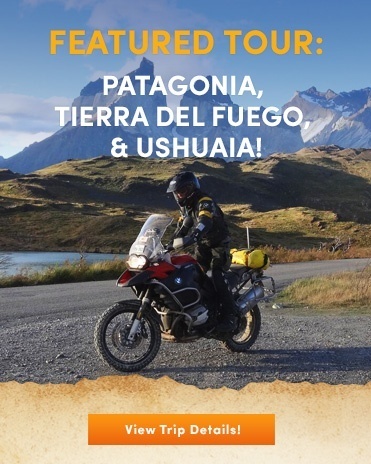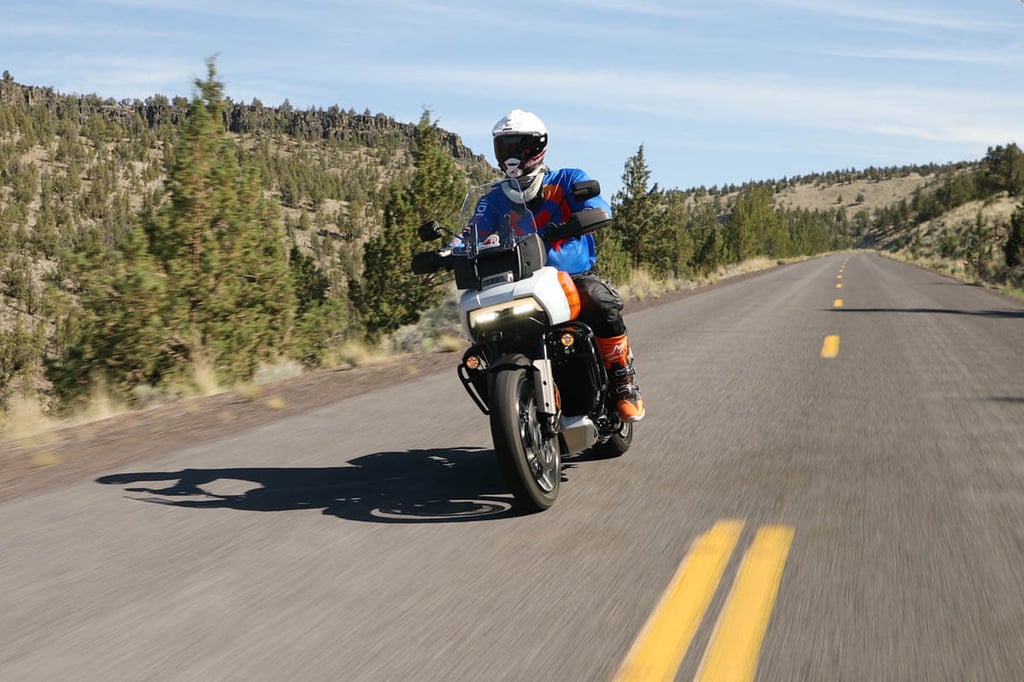 A concept I have been humbled to learn repeatedly throughout my life is that the more I know, the more I realize I don’t know. And riding a motorcycle is no exception.
A concept I have been humbled to learn repeatedly throughout my life is that the more I know, the more I realize I don’t know. And riding a motorcycle is no exception.
“The vast majority of riders involved in motorcycle accidents lack formal training of any kind. A full 92% of motorcyclists say they learned to ride from family or friends or were self-taught. Accident involvement and injuries, as a result of a collision, greatly reduce in number when the rider has motorcycle training.” Source
I’ve been riding dirt bikes and street bikes since I was an embryo. Literally, before I learned to breathe or open my eyes. Before I entered this world, my mother would take me on rides on my Dad’s 1973 Yamaha CT3 175. I am more comfortable and confident on two wheels than I am two feet on the ground. Now, at 41, I teach and guide ADV tours professionally around the world and still, I am constantly seeking to practice and improve my own riding habits.
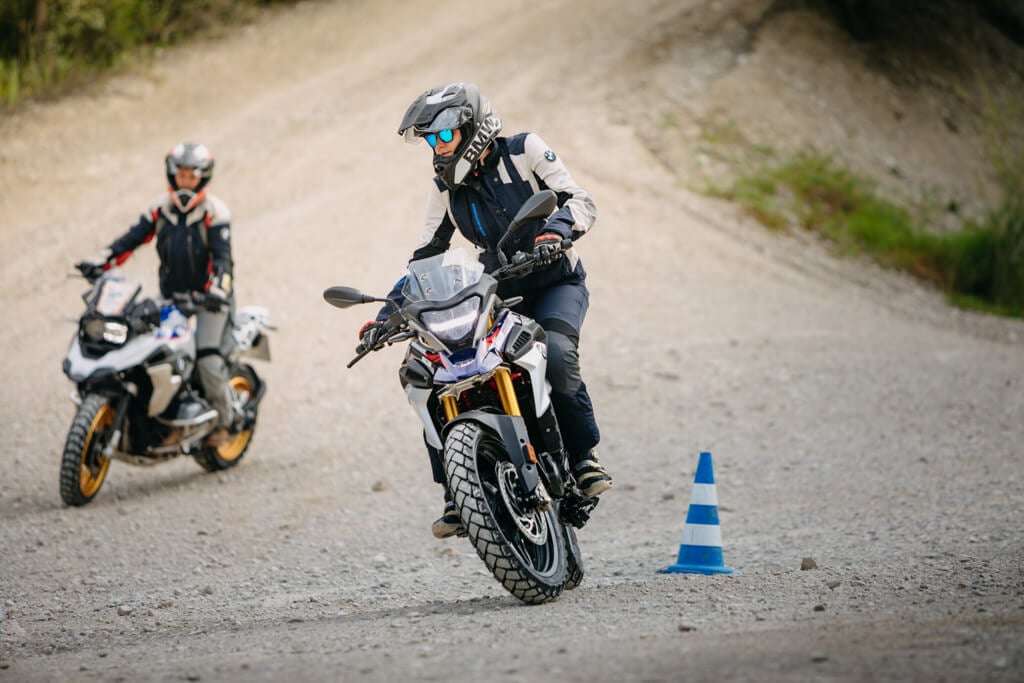
As a trainer and guide, I am always riding with new people and attempting to assess their skill level by asking questions before they join me on tour. The answer typically sounds akin to my resume above, “I’ve been riding for ‘x’ number of years” or “I have ridden ‘x’ number of miles and done ‘x’ rides”. Ultimately, these answers are meaningless in gauging someone’s true skill and ability. I frequently see “lifelong novice” riders demonstrating the same improper techniques and bad habits of a much newer rider like not covering the front brake and clutch with one
or two fingers, resulting in abruptly grabbing a full fist of front brake in a panic. More common and less recognized, too many riders are releasing front brake pressure before the “tip-in point” into corners or moving our body weight incorrectly. Worse, like a 19th century old western medicine show soliciting un-proven “miracle cure-all elixirs”, these same incorrect techniques are being passed on to others.
With some riders, especially for ourselves, it may not be so obvious for an untrained eye to identify improper technique in normal street riding conditions, yet it is easy to see as soon as we get into a panic situation or venture off-road with rigid arms and body posture. It’s a common misconception that both street and off-road riding require a completely different set of skills, but to be proficient at either is based on the exact same fundamentals.
Riding on the street, dirt, sand, mud, hill climbs, etc. all boil down to understanding and mastering the clutch, brakes, body position, balance and traction, all in unison like a symphony. If even one instrument in the symphony plays off-key or tempo, it sticks out like a sore thumb. This is why the best street racers in the world, like Valentino Rossi, cross train on dirt-tracks to take their feel and mastery to the next level by practicing in a less predictable environment.
Most States now require basic motorcycle endorsement training, which is a great way to get started, but learning should not end there. Why? Because 66% of single-vehicle motorcycle accidents are due to rider error stemming from lack of awareness and poor application of the basic aforementioned fundamentals.
In other words, 2 out of 3 single-vehicle motorcycle accidents could be avoided if the rider is properly trained and disciplined. Additionally, because there is no statistical evidence, it makes us wonder how many multi-vehicle motorcycle accidents, injuries and deaths could also be avoided by the same means.
“In two-thirds of single motorcycle accidents, rider error was the precipitating factor. The most common errors were sliding out and falling because of over-braking or running wide on a curve due to excess speed or under-cornering.” Source
The last thing we want to do, even more so when traveling in remote areas and far away countries like we do, is to get ourselves into situations where we make mistakes. As an international motorcycle tour company, we have made it our mission to provide you with the necessary tools to ride longer, farther and safer, and the reason for launching our own ADV training program which kicked-off in 2022.
Training Programs
In addition to our premier ADV / Off-Road Training Expedition Program, we highly recommend and encourage riders of all skill levels to study and practice the proven riding techniques and best-practices masterfully discussed and demonstrated in the ChampU: Champions Habits Core Curriculum online video course (enter code “RIDEADV1022” for 10% off).
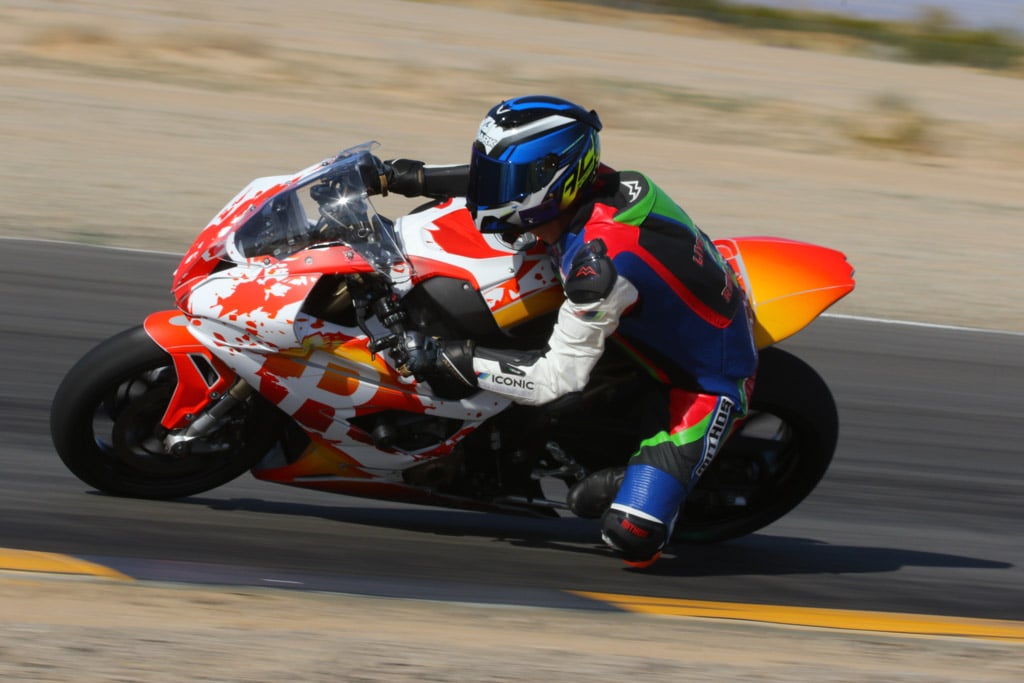
Featuring twelve subjects that contain over 40 incredible videos, 30 drills and 40 quizzes, this video course was created by a team of over-qualified and highly decorated professional racers and instructors, led by the highly respected Nick Ienatsch, Chris Peris and Kyle Wyman. The curriculum is presented in an entertaining and easy-to-digest format.
For those that want more, this same team of experts will coach you in-person at their ChampSchool Training Program. Truly the most effective way to improve your technique to become a better and safer rider. To learn more, click on the links below and see how you can register to take advantage of each of these game-changing programs.
Street/Road Training
- Online Video Instruction: ChampU: Champions Habits Core Curriculum (enter code “RIDEADV1022” for 10% off)
- On-Bike Training: ChampSchool
ADV / Off-Road Training:
- Online Video Instruction: Coming Soon…..
- On-Bike Training: RIDE Adventures ADV Training Expeditions
Online Video Instruction vs On-Bike Training
Online: Watching instructional videos online (from professionals) is a great and affordable way to learn fundamental concepts and proper techniques anywhere in the world.
- Pros: very affordable, accessible anywhere in the world, learn at your own pace, unlimited rewind, unlimited popcorn
- Cons: no professional coach to quickly resolve errors
On-Bike: Riding and practicing on-bike techniques, typically in the safety of a closed-course, with the guidance of professional trainers coaching you to get it right.
- Pros: professional trainers will be identifying and resolving errors in your technique, most effective and fastest way to perfect technique and build confidence, lots of fun
- Cons: more expensive than online training (cheaper than a trip to the hospital though, and way more fun), limited locations, limited dates, limited spots available, limited popcorn
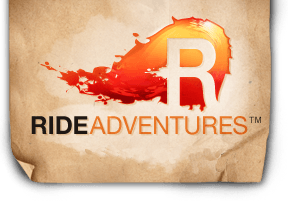
.png)
